How Long Do Tile Roofs Last? Components, Types & FAQ
-

- Last updated:
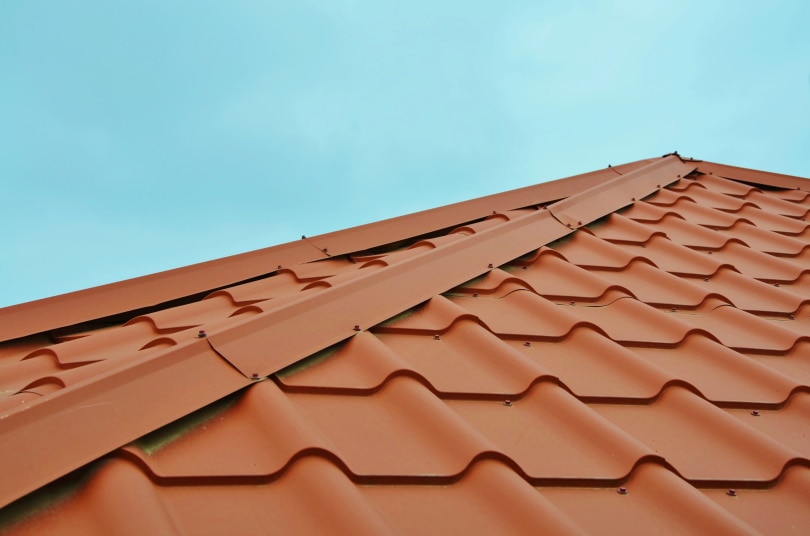
A tile roof can be a great addition to any home as it is typically durable and has appealing aesthetics. Typically, they are long-lasting, but you will need to practice regular roof maintenance to prolong their lifespan.
If you have a tile roof and wonder how long it will last, we wanted to explain more about the longevity of tile roofs and how to take care of them adequately.

Main Components of Tile Roofs
Before we get into details about the lifespan of tile roofs, we want to help you understand how they are built and what their components are.
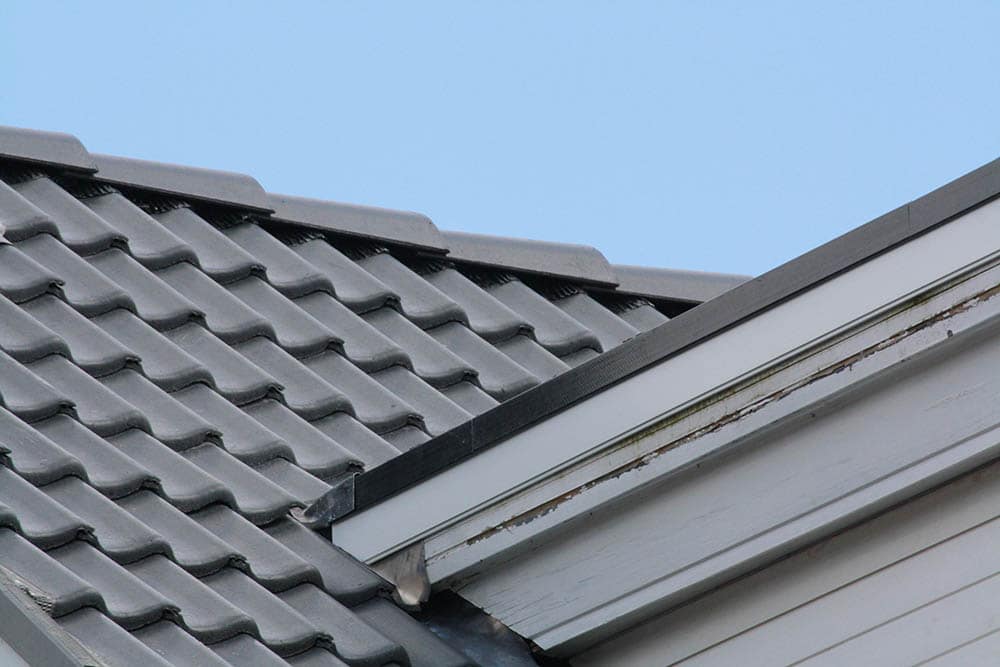
Underlayment
The design of tile roofs should allow water collecting on the top to run off the roof rapidly. Every tile roof has an underlayment to make the roof as water-resistant as possible. It’s typically a synthetic or felt material covering the roof decking, and it’s the main barrier to preventing water damage.
Battering
After the underlayment, a layer of battens supports the tiles and separates them from the underlayment’s surface. The battens are typically wood strips, and their role is to provide proper airflow and allow adequate drainage. Also, once you place the tiles over the battens, you will create a thermal barrier that will insulate the roof area by trapping hot air inside.
Flashing
Before the initial layer of tiles, you also have the place metal flashing that will direct the water away from areas that typically collect the most water. People commonly install flashing on roof penetrations such as chimneys, skylights, pipes and vents, and valleys where the roof slopes meet.
Tile
Last but not least, you’ll need to install tiles that go over the battering while overlapping the flashing’s edges. They can be of different materials, and their lifespan will depend on how well you maintain them.
Types of Tile Roof
Most roof tiles are usually either concrete or clay. Below, you can see their most significant differences and their benefits and disadvantages.
Concrete
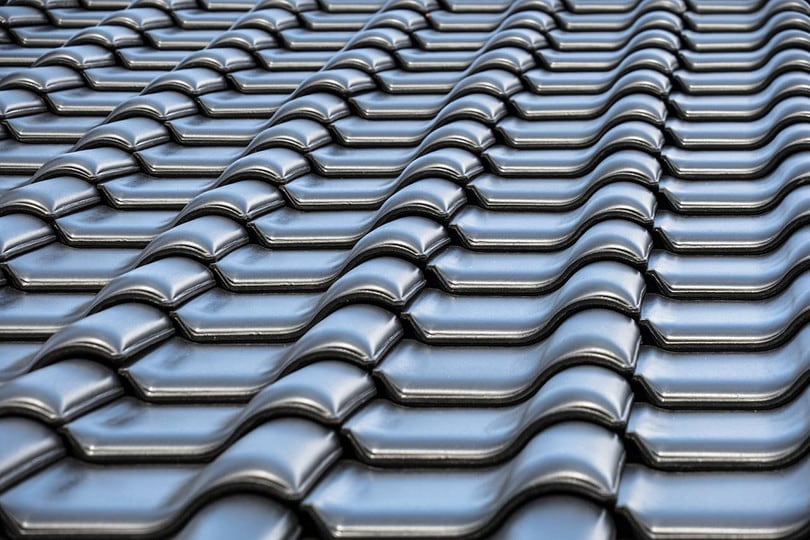
Concrete tiles date back to the 19th century with their attractive design. The concrete tile roof might look like a clay roof, but it also resembles wood shakes in some cases. They are beautiful and affordable, which makes most homeowners love them. Also, people choose them because of their excellent features and their charming rustic style.
Besides being non-toxic and fire-resistant, these tiles have soundproofing properties. While the advantages of concrete roof tiles are significant, there is one major downside—concrete tiles are very high maintenance.
To keep their attractive look and overall value, it is essential to frequently check up on your concrete tiles and replace the underlayment routinely.
- Fire-resistant
- Wind-resistant
- Minimizes outside noise
- Non-toxic
- Reduces energy costs
- Available in many different colors and styles
- Helps in insulating the home
- High maintenance
- Requires a professional installation
- Not moisture resistant
Clay
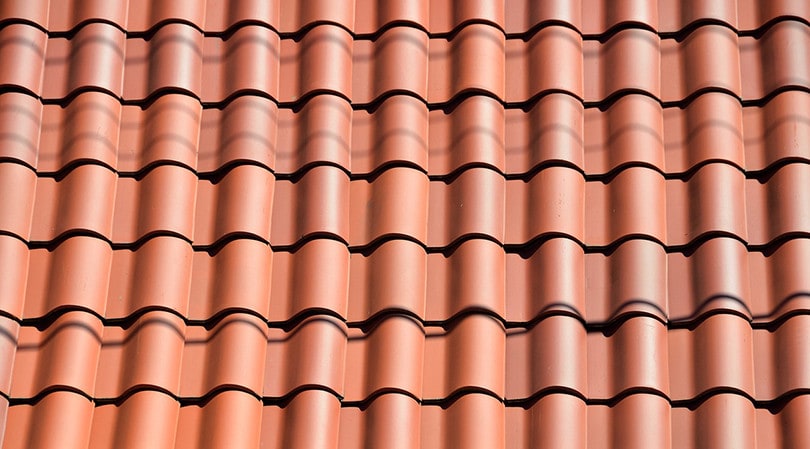
The clay roof tile is usually made from molded clay, and can even be a great craftsman work made by hand. Clay tiles come in many different colors, although the most distinctive one is
terra-cotta. The clay roof tile is an excellent option for roofing your home because it is a very durable roofing option and also excellent at insulation. Clay roof tiles are all different and individually unique. They can have different densities, depending on how they are heated and at what temperature.
- Excellent insulator
- Strong and durable
- Available in many different colors
- Long-lasting
- Low maintenance
- Eco-friendly
- A bit more expensive
- Prone to cracking

How Long Should My Tile Roof Last?
If you have a tile roof or would like to install one, you should know how long it will take until it needs replacement. The typical lifespan of tile roofs is around 50 years, which is not that bad, and you can even extend that for a year or more if you keep up regular maintenance.
Although both concrete and clay are suitable tile roof material options, we suggest choosing concrete as it should last at least 10 years more.
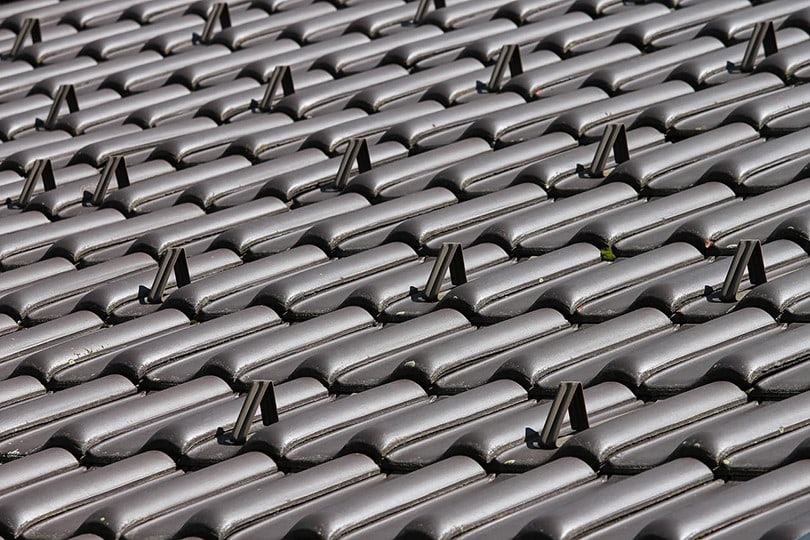
Which Factors Affect Your Roof’s Lifespan?
When taken care of adequately, tile roofs can have a decent lifespan. However, even when you’re doing all the needed upkeep, your tile roof could still suffer damage from outdoor sources that will decrease its longevity.
These are the most common factors that will affect the lifespan of your tile roof:
- Insufficient ventilation
- Weather
- Type of installation and materials
- High pollution
- Improper maintenance
- Pressure washing the roof
Signs Your Tile Roof Needs a Replacement
Although tile roofs have a long lifespan, your tile roof will eventually need replacement. The underlayment can suffer damage when it’s not overlapped enough as it shrinks with time and can become pretty brittle.
The most significant sign your tile roof needs replacement is any sign of water damage that you can notice by stains and rot on the wood battens. You can also go to your attic to see if there’s any visible leakage.
How to Maintain Your Roof Tiles?
To keep your tile roof in good shape, you should do regular inspections to ensure everything is in its place. You’ll need to look at the gutters, flashing, venting, and protrusion. Try to look for missing/broken tiles, exposed nails, etc.
Even if you need to inspect the roof, don’t climb on it in any circumstances. Tile roofs are quite fragile, which means you could get injured while also damaging your roof if you climb on it.

Final Thoughts
To sum it up, as long as you take care of your tile roof and keep up good maintenance, it will last you anywhere from 30 to 50 years. While installing the roof, hire a reputable company as issues with the installation can cause the roof to be prone to damage. That way, you’ll be sure that you have a high-quality tile roof that’s beautiful, functional, and long-lasting.
Featured Image Credit: Piqsels
Contents
